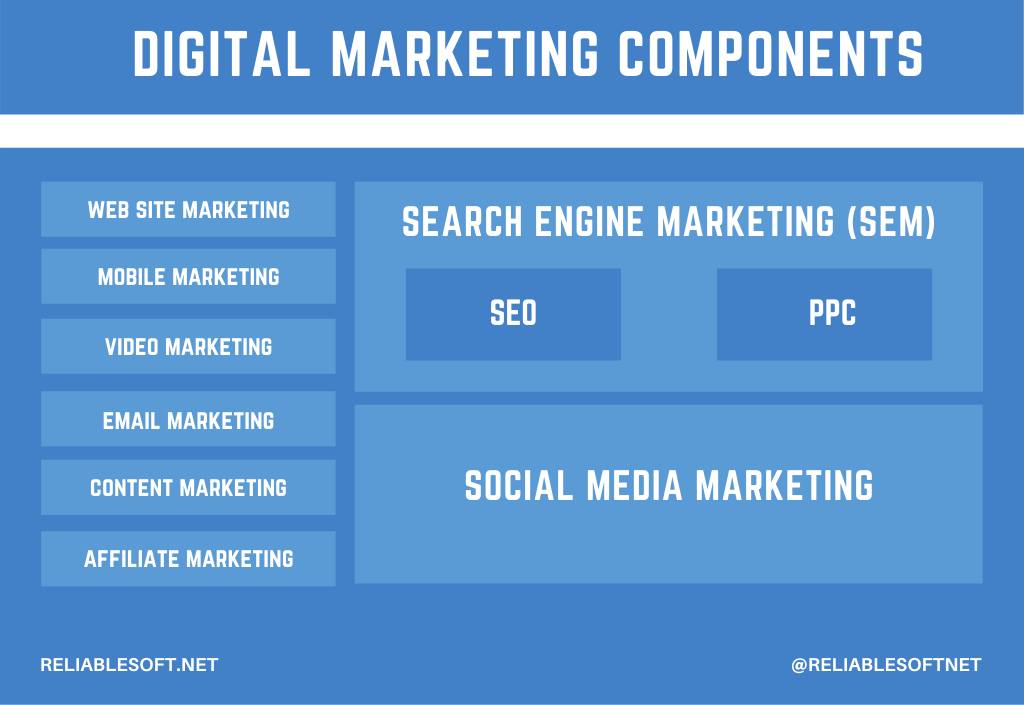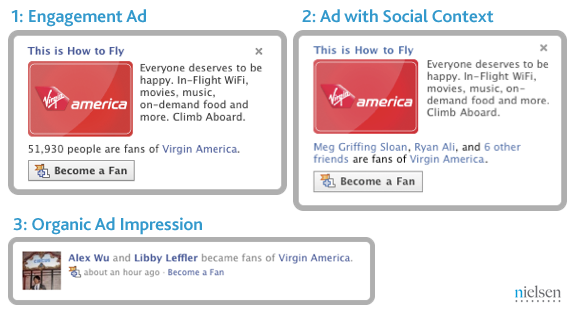
Owned media is a type PR. It involves the creation and distribution of content and its maintenance for your brand. This is not an easy task and requires careful planning. Here are some steps you can take to make sure your brand is seen as much as possible. Earned media can be created by using social media for business promotion. It is important to remember that social media can be more effective than paid media.
Paid media
Earning media coverage offers many benefits. Media coverage can help increase brand awareness and credibility. It can also reinforce your company’s image. Positive press coverage can increase brand recognition and product interest. Paid media is a continuous effort to obtain links from reputable websites. Earned media is far more effective than link building for organic search results. Earned content is content about your company or product that is related to the target audience.
Earned media and paid media should work together to increase the reach and influence of your content. Paid media increases the reach and influence of earned media. On the other hand, owned media is the result of a brand’s efforts. Paid media includes digital forms such as advertisements, sponsored posts, and influencer relations. Owned media, on the other hand, includes company-owned channels such as websites, mobile apps, and blogs.

Word-of-mouth
Social media and viral Marketing are important aspects of word-of mouth earned-media. Word-of–mouth media is created by customers talking to others about similar products and services. This type of earned media can also be enhanced by email marketing. Word-of-mouth media can be generated by webinars, email marketing campaigns, or social media sites. Word-of-mouth earned-media can lead to increased traffic to your site or brand if it is well executed.
Word-of–mouth advertising, which is not paid media, encourages new customers and prospects to try a product. A word-of-mouth campaign encourages consumers to try a product or service they have heard about. However, incremental advertising does not drive new business. Marketing costs can decrease and conversions can increase by investing in exceptional customer experiences. Customers who are valuable to your business will be the ones that bring in new customers. You can tailor your marketing efforts by using data from word-of mouth earned media to maximize your potential.
Social media
Earned media is a valuable part of the marketing mix. While many companies spend time and money on banner ads and paid content for social media, 97% of social networking communication is between people. This is called earned media or word-of mouth marketing. Earned content is free and much more important than paid content. Here are three ways you can use earned media to help your business. Let's start by looking at why it's important to your business.

Earned media is available in many forms including articles, news stories, and websites. Social media can be considered owned or paid, depending on what is posted. Paid media is, however, the posting of sponsored content or customer posts. Earned Media is critical for generating buzz, and engaging audiences. To get the most from social media, you need to take advantage of the power of your followers. Next, engage with them and share their content to other social media users.
FAQ
How effective is content-marketing?
Yes! According to Hubspot, "Content Marketing has become one of the top three digital marketing channels for lead generation."
Why is content so important
Content plays a key role in any digital marketing campaign. Create valuable content if you want to attract customers. The best way to do this is through blogging. Blogging builds authority in your niche which makes you more trustworthy. Trustworthiness creates credibility which can lead to higher search engine ranking. Ranking high means you receive organic traffic.
How do I measure success in content marketing?
There are many ways to assess the effectiveness of your content-marketing strategy.
Google Analytics is an excellent measurement tool. This tool lets you see where your targeted traffic comes from and what pages they visit most frequently.
It will also show you how long each visitor stays before leaving your site.
You can then use this information to improve your content to get people's attention and keep them engaged for more extended periods.
This is another way to determine the success rate of your content-marketing efforts.
Are my new subscribers getting any value out of my email newsletters? How much of my entire mailing lists have become paid members? How many people have clicked through my landing page? Do those who click through convert at higher rates than others?
These are all important metrics you need to monitor and track over time.
Another way to measure your content marketing success? Look at how often people share links to your content on social networks.
Consider starting now if this is something you aren't doing. It could be the difference between being visible and being ignored in your industry.
What is content marketing?
It involves creating useful and relevant content on your website. It can include videos, images, text and infographics. This helps you to attract new customers as well as keep your existing customers engaged.
Statistics
- In fact, would pay more for a better customer experience, and 86% of B2B buyers would pay more. (neilpatel.com)
- To further show the importance of this, 89% of people have stopped doing business with a company because of a poor experience. (neilpatel.com)
- Companies that use content marketing see approximately 30% higher growth rates than businesses not using it. (mailchimp.com)
- According to research compiled by Coschedule: Companies that publish 16+ blog posts a month get as much as 3.5x as much traffic as those that publish 0-4 posts a month. (criteo.com)
- Forty-seven percent of buyers view 3 to 5 pieces of content before engaging with a sales representative. (mailchimp.com)
- According to our research, brand awareness, attracting traffic, and generating leads remain the key content marketing goals in 2022. (semrush.com)
- Seventy-two percent business to business (B2B) (mailchimp.com)
- According to the Content Marketing Institute, 70% of B2B marketers and 86% of B2C marketers surveyed use content marketing in some form or other. (criteo.com)
External Links
How To
How to create beautiful images
Images can make your content stand out among others. Images are one of the most effective ways of communicating ideas visually. They are great at grabbing attention and increasing engagement. They are great for communicating complex concepts clearly and effectively. ).
Images can bring life to writing and presentations, and make them more engaging. If you don't know the best image to use for your job, you might end up with less striking results. This article will offer some helpful tips for selecting the best images to use for your next project.
-
What makes an image great? Before you start looking at photos, there are several things you should consider when picking which ones to use. You want images that are concise and clear. A cluttered image won't cut it. It won't attract attention the same way a clear, concise photo would. Images that don't show people smiling or looking directly at the camera are also not recommended. This gives the impression that you aren't really interested in what you have to say. It is important that your image does not distract from the main message you are trying convey. If it draws too much attention away from the content, then it's probably not ideal.
-
You can find inspiration. Once you've got a list of potential candidates, it's time to go through them and find those that catch your eye. You should first look at their captions. These captions may be included in the photo or written separately by others. In either case, it is important to check that the caption is easy to read. Pay close attention also to the context of your photo. Do you expect to see someone having a good time in the photo? Or maybe it's a place that looks like it could be dangerous. Maybe you associate it with sadness. Whatever the case, think about why you like the image and how it relates to the overall message you want to communicate.
-
Check out different types and sizes of images. One of the biggest benefits of using images in your content is that they allow you to highlight certain aspects of your text. An example of this is if you write about a product and want to show it in action. You might also want to include an image of the infographic you have. Visual aids such as these can help readers connect with your information.
-
Use the right file format. When choosing images, the first thing to do is to choose the right file format. When working on web pages, you generally have two options: JPEG and GIF. Both of these file formats are great, but each has advantages and disadvantages. JPEG files can be used on websites as well as social media posts. These files work well for photos because they store large amounts in a limited space. Unfortunately, GIFs lose quality over time. They become pixelated within a few years. GIFs are much smaller than JPEGs so they are better suited for graphics and animation. They don't support transparency making them unsuitable to be used for photos.
-
You can also include other visuals. Additional visuals are a great idea if you have trouble thinking of images. It can make a huge difference to the effectiveness of your post, as it provides a distraction-free environment for your readers. This will make it less likely that they leave your article page and go elsewhere. Informationgraphics are one of the best ways you can add visuals and information to your site. Infographics are very popular because they make it easy to share lots and lots of useful information. In addition, they usually contain plenty of pictures, which makes them ideal for adding to your blog posts.